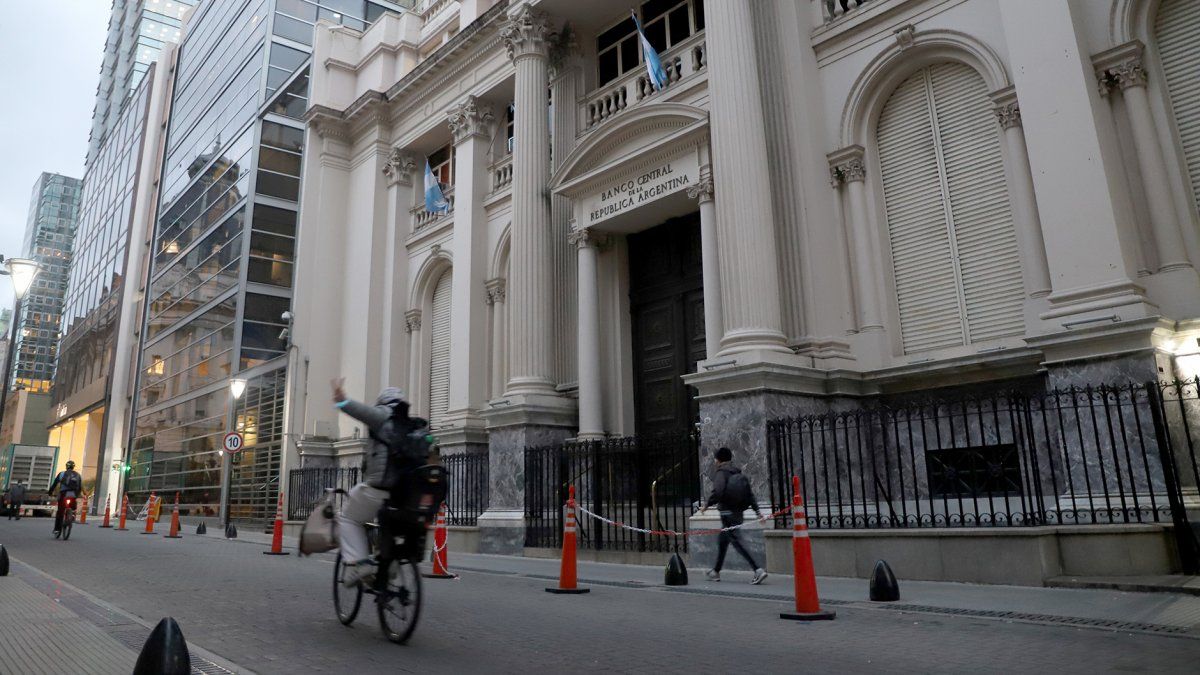In every electoral year, the demand to cover the exchange risk intensifies. Given the low position of available reserves, the ability of the Central to intervene in the futures market is key.
The first quarter of the year is almost over. With some currency anxieties but not beyond that. The different informal exchange rates, the cash with settlement (CCL), the Stock Market dollar (MEP) and the blue are already flirting with levels of $400. While the official dollar barely exceeds $205. The Central Bank (BCRA) continued to lose reserves day by day. The stock of gross reserves fell to less than US$37.6 billion. As of the 22nd, the latest official data, the BCRA’s net sales amount to US$1,384 million in March. In the accumulated first quarter, sales total US$2,466 million. The numbers speak for themselves. With an exchange-electoral horizon that, as usual, anticipates dark clouds before and after the primaries, and the same in the middle of the presidential elections, the BCRA is preparing the ground with what it can. And one of its accessible and preferable tools, above all, given the anorexia of reserves and the lower currency settlements of agro-exporters as a result of the drought, are its interventions in the dollar futures market.
The content you want to access is exclusive to subscribers.
In this regard, it should be noted that the BCRA has recovered its full capacity to intervene in the futures dollar market since, according to the latest official data from the end of last February, it does not have any sold position. So that it is in a position, when circumstances so require, to intervene with all its firepower, which can reach more than US$7,000 million. A not insignificant figure taking into account the meager position of the BCRA’s available net reserves to intervene in the spot or present market.


It is worth remembering that the BCRA closed last year with a sold position of almost US$587 million (when a year ago it had contracts sold for US$4,185 million at the end of the second year of the pandemic). But in the midst of the succession crisis at the Palacio de Hacienda after the flight of Martín Guzmán, the arrival of Silvina Batakis, and the subsequent arrival of Sergio Massa at the end of last July, the BCRA had a position sold of more than US$7 .070 million. To have a dimension of the events from that moment to the end of the previous month, the position sold by the BCRA in the dollar futures market reached close to US$4,358 million. In other words, it almost doubled in the midst of the economic crisis. Then it took Massa’s new economic team a semester to drain that position. At the end of August it dropped to $4.110 million, then in September to $3.151 million, in October to $1.339 million and at the end of November it reached $705 million. It should not be overlooked that these interventions in the futures market do not imply that the BCRA must deliver physical currency, that is, reserves. Rather, what happens is compensation between the “bets” of the investors who bought the contracts and the BCRA, who in reality, if no black swan does not mediate, practically has the marked cards because it is who ultimately sets the price that finally settles count who wins and who loses. Although the market arbitrates, in this case interest rates, and determines the price of the future dollar, the bets are actually mostly a hedge against a possible devaluation and therefore the BCRA has in its hand the chance to twist the pressed to one side or the other. Of course, if circumstances allow it, that is, it has good firepower to intervene in the spot market or else devaluation expectations are not exacerbated. Even so, history is instructive in that sometimes the BCRA loses control of the situation, these interventions end up being an important source of monetary issue. Because the seller of the contract will actually pay, if it is the case, the differential between the price of the dollar that he sold and the one that is actually quoted in the market. If the market price is higher than the one sold by the BCRA, the monetary entity must pay the difference. Otherwise, it is not convenient for the investor to exercise the contract and therefore there is no issue in this regard. All this is not a minor issue, since at a time when there are precisely few available reserves, although there may be something from the swap with China and hopefully from the IMF, the expected demand for exchange risk coverage that will begin to appear when the short contracts after the PASO and mainly after the first round and when the change of administration occurs, promises to exceed, as usual, the meager official offer. Hence the relevance of having the capacity to intervene in futures to appease expectations and pressure on spot.
Source: Ambito




